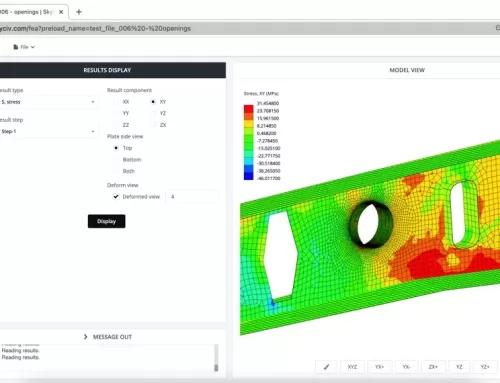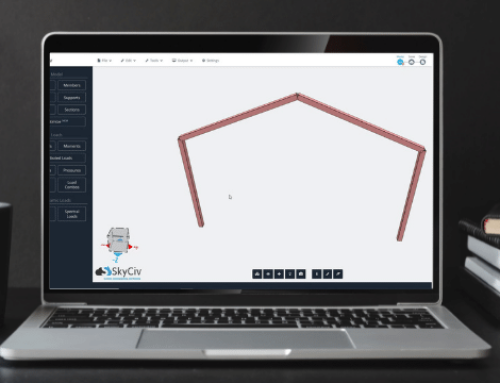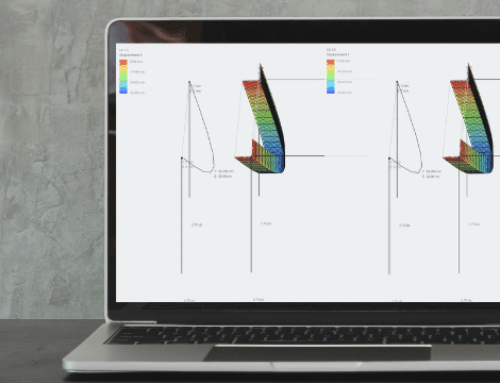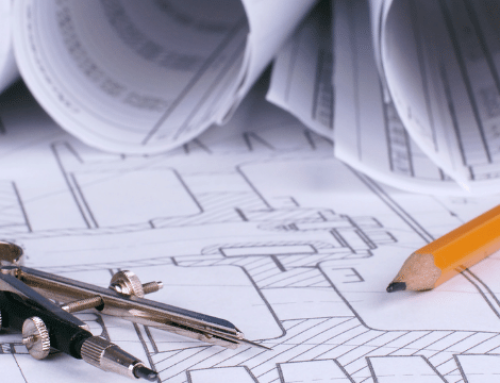Riveted Connections
Rivets have a long history as a connecting medium for steel connections. They are made up of a head and a ductile shank. The process for installation required the pre-heating of the rivet, and the application of pneumatic pressure. This posed a number of disadvantages including the need for pre-heating (extra energy input and process as well as fire risk), high levels of noise during installation, and difficulty in replacing rivets during maintenance.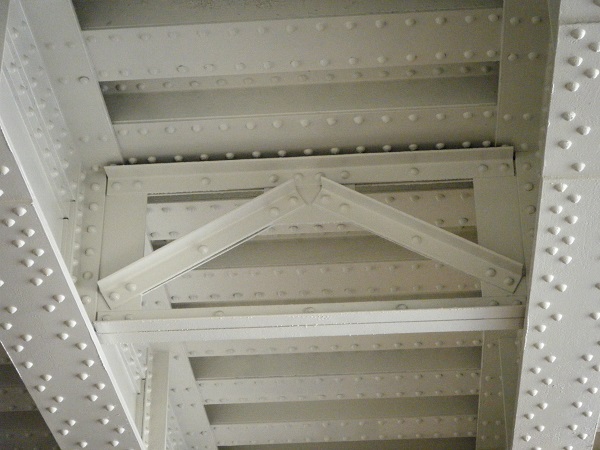
Bolted Connections
Bolts have largely replaced rivets due to their lower installation cost, ease of installation and maintenance. The two types of bolts commonly used in steel construction include high strength structural steel, and A307 bolts (common bolts). Structural steel bolts are subcategorised into A325 (Group A) and A490 (Group B) and are high strength. Bolts however have the notable disadvantage of loosening under vibratory loads resulting in a reduction of strength.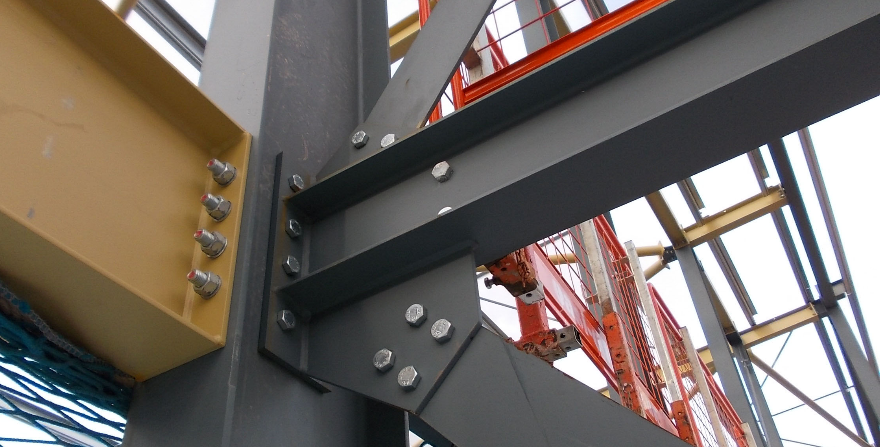
Welded Connections
Welded connections have the primary advantage of being simple in design, requiring fewer parts and material. Welds however shrink, and this effect needs to be considered in the design particularly for large welds. In addition, the inspection of welds is more difficult and hence costlier and more difficult to maintain. Variability exists with the quality of the weld being made by the erector. The most common types of welds include fillet, groove, plug, and slot welds. If you are looking to design simple welds try our weld strength calculator.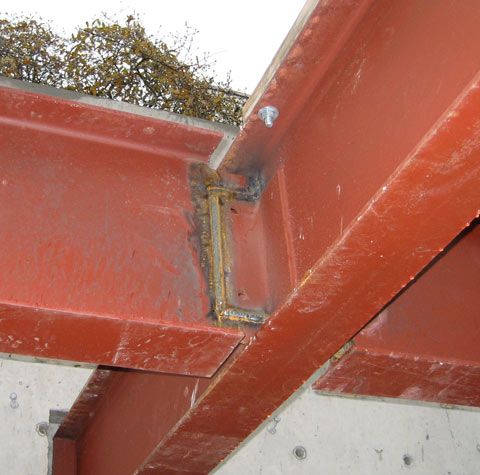
William Kuang
Engineer and Software Developer
BEng Mechanical (Hons1)
LinkedIn
Engineer and Software Developer
BEng Mechanical (Hons1)


